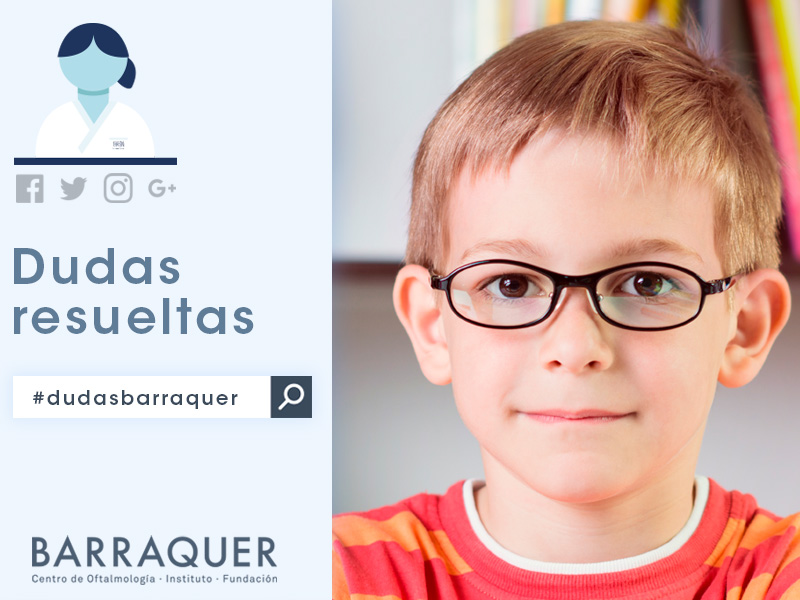All about the skin around the eyes and “drooping” eyelids
04/04/2025

13/10/2017
Refractive laser surgery is generally conducted from the age of 18 due to a series of factors. These factors include the following:
Surgery requires a minimum collaboration from the patient to avoid intraoperative complications. It is a type of surgery that is normally performed under local anaesthesia while a child would have to be given general anaesthesia.
Refractive errors, like short-sightedness, must be stable in order to perform the surgery. Remember that operation corrects the short-sightedness but it does not stop it from advancing, which is why the short-sightedness must not have worsened for a period of two years, something which, in the majority of cases, occurs from the age of 18 onward. On the other hand, the child’s short-sightedness could continue to progress, meaning they would end up needing glasses again.
Therefore, generally speaking, we recommend using glasses or contact lenses to correct short-sightedness or far-sightedness until the error is stable.
In very selected cases where the child’s prescription differs significantly in each eye, and for various reasons conservative treatment can not be given to avoid amblyopia or lazy eye, surgery has been attempted with a variety of outcomes.
Almost all wearers of glasses and contact lenses consider reducing their prescription with refractive techniques at some point. In this chapter we explain all the options and help you know when it is worth having surgery, who is a good candidate and why it is so important to choose where to go.